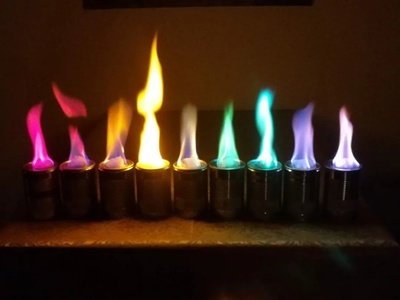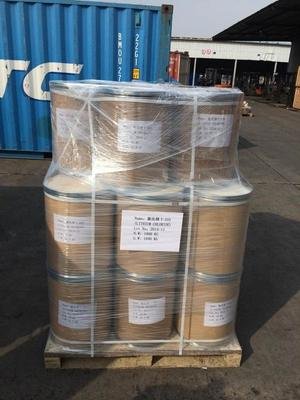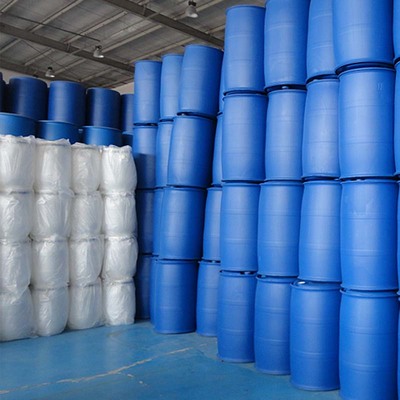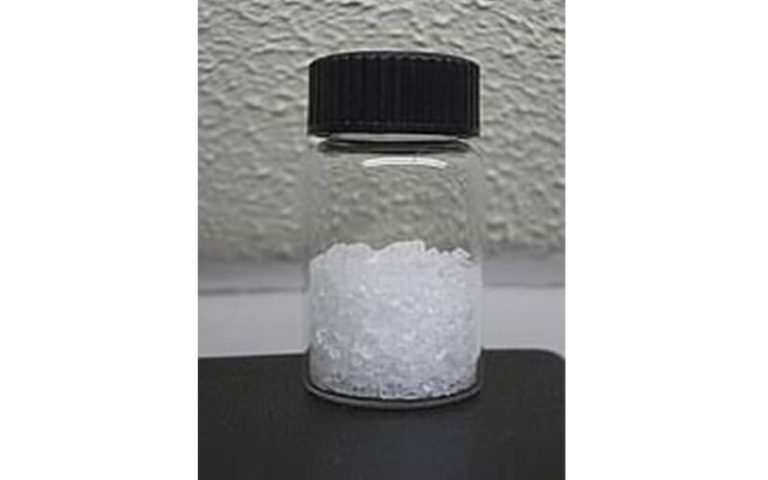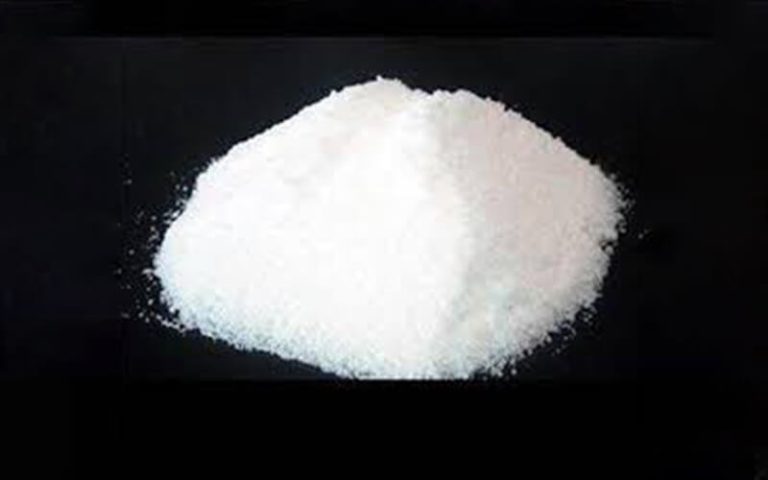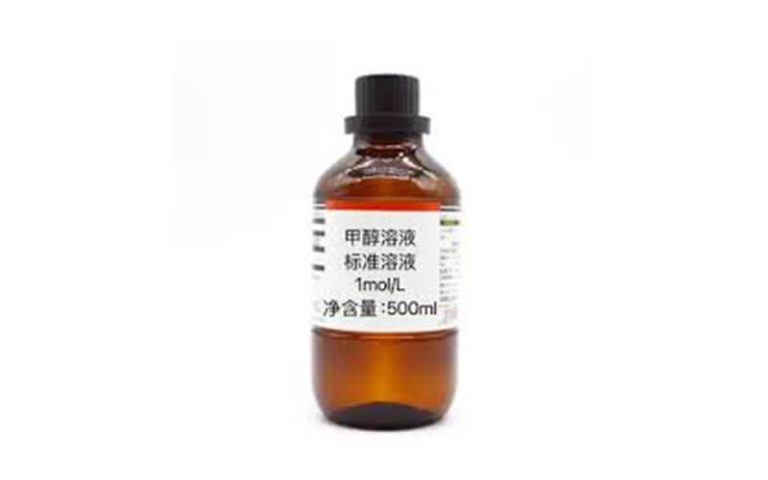chromatography with formic acid vs without formic acid
Differences and Benefits Chromatography is an essential technique for separating, identifying, and analyzing components in a mixture. When it comes to optimizing performance, the choice of additives in the mobile phase plays a critical role. Formic acid, a common additive, influences separation efficiency and compatibility with detection methods like mass spectrometry. But how does chromatography…

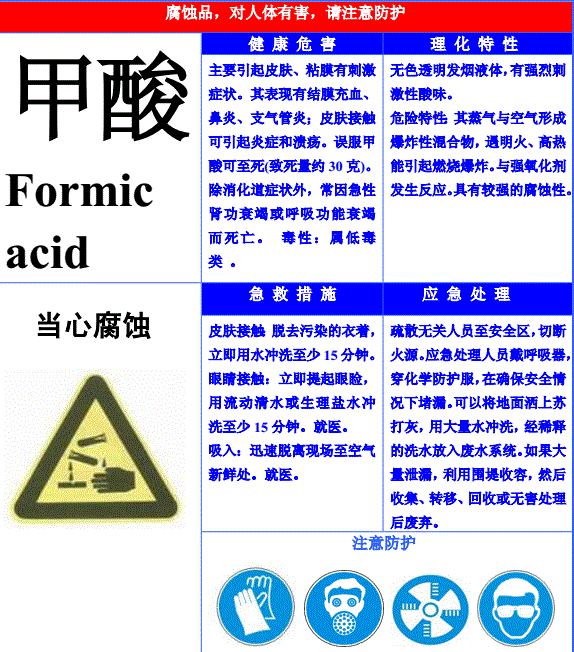
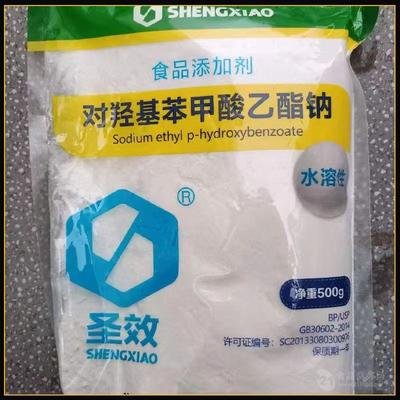
.jpg)
